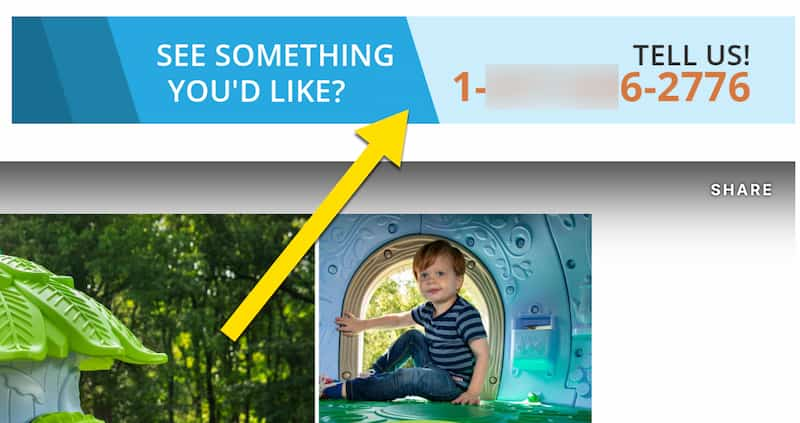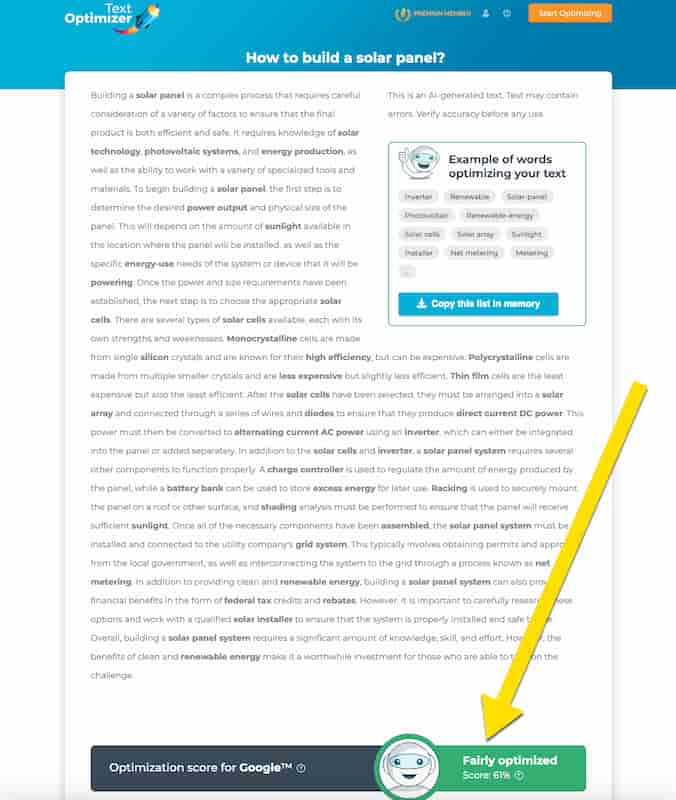Five Reasons Your Site May Not Be Generating Enough Leads
How do you convert traffic into sales?
From various studies, only about 1%-5% of your site visitors will convert, at best.
How to do better than that?
You change your focus from instant sales (which are always great) to leads.
What are leads?
Essentially, a lead refers to a person or an organization that may be interested in your services or products.
You could think of leads as finding your audience. But moving one step further, it’s about actually finding people in that audience who might eventually convert.
A lead might be a subscriber to your newsletter that was obtained through inbound marketing. The hope is that this lead has the potential to become a customer a bit further down the marketing funnel. But it could also be a visitor to your webinar, demo subscriber, app user, or someone who agreed to receive push notifications from your website or called your customer support team.
Here are five fundamental reasons why your site is not generating leads:
1. You don’t have secondary conversion funnels set-up
This is a common problem: Businesses are so focused on generating instant sales that they don’t accommodate people who are not ready to buy yet.
To some extent, this is understandable: Many business owners don’t want to distract site visitors from the main call to action, i.e. “buy.” But there are two issues with this approach:
- Unless you have a “lead generation” channel set up, you may be wasting those hard-earned clicks
- Without generating leads, your business will not benefit from delayed sales, i.e., people who will convert later
“Secondary” CTAs include:
- “Subscribe:” This is actually a great CTA for your business blog to later convert your article readers into buyers. There are lots of plugins making it easy to integrate this CTA into your blog
- “Call us:” With technology like IVR you don’t have to keep a 24/7 support team answering your customers’ calls as this technology will automatically help your customers, collect their details, and/or send them down the conversion channel.
- “Schedule a free demo:” This would work for SaaS businesses.
- “Take a survey:” You can add an option to provide an email in case they’d like to hear from your business
- “Download:” Let your site visitors instantly download a brochure or a catalog. Just make sure all the downloads make it easy for them to click a link and return to your site. Don’t forget your online content must be well-branded as well.
2. The web UI (design) is confusing
This not only refers to the website’s design – color, font, placement of content and images, etc. – but also the design’s usability. Plain and simple, leads aren’t going to come if your website is difficult to navigate (and on another subject, your SEO won’t be doing you any favors either). This may sound like an obvious point, but let’s bring it back to how it affects quality leads.
Let’s say, for example, someone clicks on an ad and is taken to a landing page that asks for their email address. This would be a lead, but you’re not going to get it if you don’t offer the person a chance to click off the page and then easily find their way back.
If someone clicks off to another page but can’t be bothered to enter their email address because it’s too difficult to find, you’ve lost your lead.
Depending on your content management platform, optimizing your site for leads involves a different process:
- WordPress usability relies on your theme but there are a ton of plugins allowing you to adjust the layout and A/B test your setup
- For Shopify, here’s a handy checklist with tools and tips on how to improve usability
- For Magento, here’s a great UX guide for every need
- Wix handles usability and A/B testing if you upgrade to the Premium account.
3. You have inconsistent content
This most often refers to the content on your ad being different from the content on your landing page. Not only is this untruthful and will bring down your credibility, but it’s not giving that potential lead what he/she wants.
The easy solution for visitors is to click the “back” button and go back to browsing, and can you blame them? It’s just not worth it in the end.
Intent optimization is a great way to better serve people that land on your site. Each page should serve a specific intent (that aligns with search queries it’s optimized for). Text Optimizer is a great way to better optimize for search intent. You can run your existing page through the tool, or write new content using it. Text Optimizer has a handy AI integration that creates intent-optimized content for you:
4. You don’t seem trustworthy
This goes right along with the last point, but it can be taken to another level. You might do everything right – have great content, a solid website design, easy navigation, etc. – but it isn’t going to get you nearly as far as a trustworthy company.
Of course, all of those things will help you establish credibility over time and are absolutely steps in the right direction. Consider taking things one step further. A few ways to establish trustworthiness include:
- Making sure people are educated before you ask for anything like an email address. This means putting quality content on all of your pages and making it easy to click off a page and then go back if necessary.
- Add testimonials and reviews on your site to show your transparency. If you have any partnerships with companies that have established trust with your audience, make it known on your website. Guilty by association!
- Make it clear what you’re offering. Confusing content will get you nowhere.
For more ways to establish credibility, visit this article. This is one of the most important things you can do to attract and retain leads, but it’s actually also one of the easier. It takes a while to establish trust so don’t expect a huge difference right away, but over time these practices will be the backbone of your success.
5. You’re focusing on the wrong customers, at the wrong times, in the wrong way
This is a big one. Sometimes companies think their audience is one type of person or a certain group of people, but it’s either something completely different or the company is missing out on an entire audience that matters altogether. This is where thinking about personas becomes very important.
Use your analytics to see who is reading what content, and then work to establish the different personas interested in your business. This could very well be different audiences based on where a person is in the buying process or your sales funnel, but the more specific you can get, the better. Tailor your content to each person to ensure that you get all the leads you can. Learn about setting up buyer personas here.
In order to make sure you are finding leads (aka the right audience), you have to be able to differentiate those who visit your website. Personas are a great way to help, but there are a few other things you can do to help filter the potential leads:
- Ask yourself if the target company is still in business.
- Is your product or service really going to help the business’s needs?
- Is the lead a branch of a larger company?
- Ask yourself if the lead is a duplicate (it happens more than you think!).
Once you ask yourself these questions then, you can begin to filter further using buyer personas and focusing on the timeline you have to work with for that particular lead. Once you have your leads, you start to get into the sales funnel and learn how to turn them into conversions.
Final thoughts
If you’re having trouble generating leads for your website, there could be a variety of factors at play. By addressing the five points covered in this blog, you should be able to increase the number of leads your website generates.


